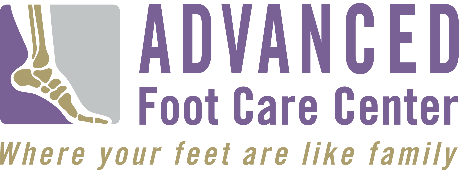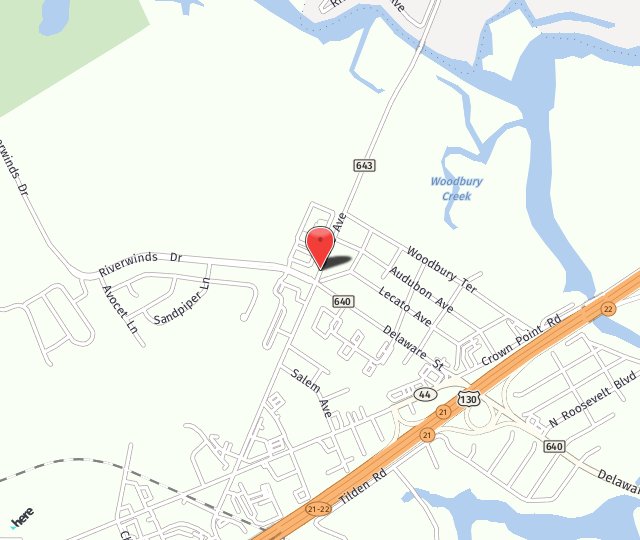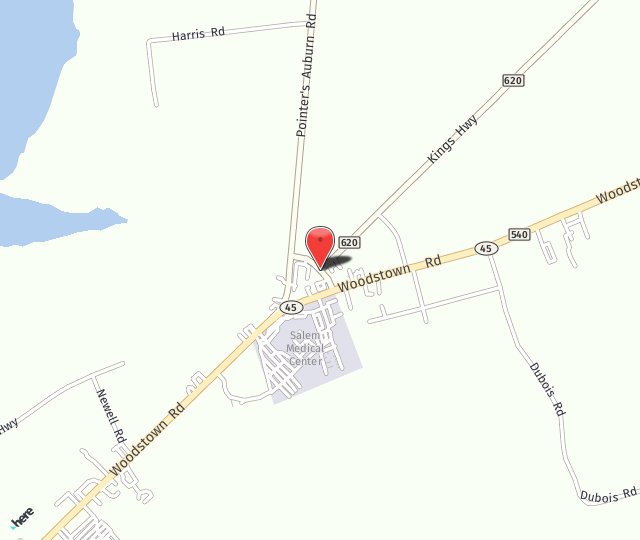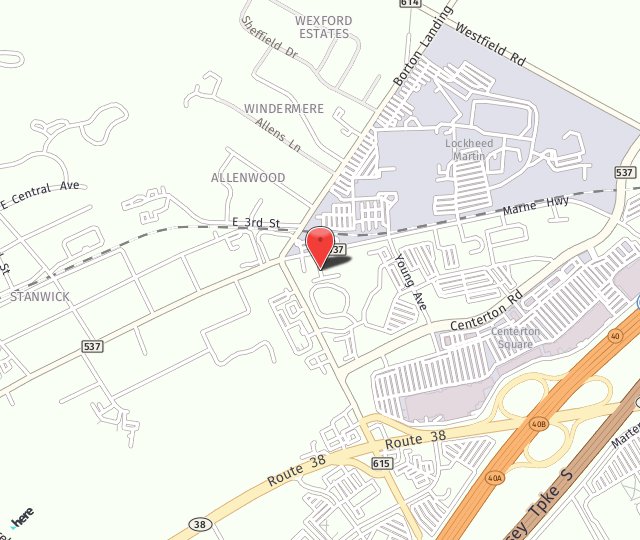Low-level laser therapy (LLLT), also known as cold laser therapy, is a treatment in which specific wavelengths of light are used to help invigorate the body's natural healing process. LLLT is often used in chiropractic medicine to help improve cell function and increase circulation. Approved by the FDA, cold laser therapy has proven to be an effective method of pain relief, particularly in combination with chiropractic manipulation. It not only relieves pain and inflammation, but reduces spasms and increases mobility. It can be used for patients with chronic disease conditions as well as those with acute injuries.
Candidates for LLLT
Patients with almost any kind of muscle or nerve pain can be treated effectively with low level laser therapy. This includes patients with:
- Neck pain, whiplash
- Migraines
- Muscle sprains or strains
- Arthritis, fibromyalgia
- Sciatica
- Disc pain
- Bursitis, tendonitis
- Fasciitis
- Sports injuries
While LLLT can be a productive method of treatment, it should not be used near the eyes or on patients who are pregnant, have skin lesions or cancer, or suffer from thyroid disease.
LLLT Procedure
Cold laser therapy has a cumulative effect on the patient and so requires ongoing treatments. It is common for patients to undergo sessions two to four times a week for one to four months, depending on the severity of their condition and their own individual response to treatment. The sessions are usually only half an hour in duration and patients experience no discomfort.
Typically, the LLLT device is hand-held as therapy is administered. Because the lasers are non-thermal, the patient experiences no unnatural warmth. Depending on the dosage and the size of the targeted region, the doctor keeps the beam focused on the area for several seconds to several minutes at a time. The only after effect is pain relief.
Benefits of LLLT
There are several benefits to the use of low-level laser therapy, including that it is non-invasive, involves no medication, and requires no recovery time. The light-emitting device used in this treatment makes contact with the patient's skin, penetrating the epidermis, the dermis, and subcutaneous fat, but, unlike the instrument used in laser surgery, does not break the skin. When administered appropriately, LLLT has no known side effects and there is no danger of over-treatment.
Because LLLT can be delivered through either a large device that emits many laser beams, or a smaller, more precisely targeted device, this therapy is effective in treating areas of various sizes. By increasing blood flow (vasodilation) and stimulating cellular repair, LLLT is an effective tool in relieving pain and reducing swelling and bruising. Not only is this therapy in common use with the general public, it has also been adopted as a method of treatment for most major league, and many Olympic, sports teams.





